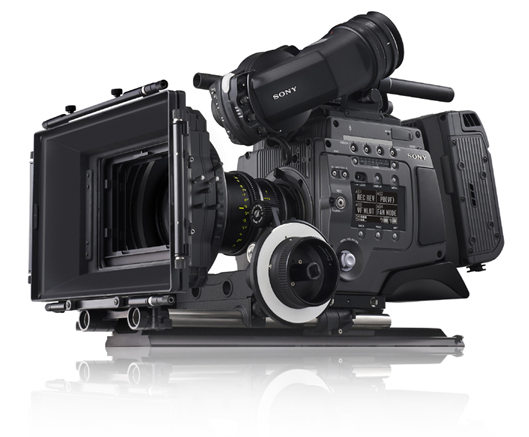Columbia Pictures’ “After Earth” was screened via a Sony 4K digital cinema projector this weekend during the Cine Gear Expo in Los Angeles. After attendees filled the 500-plus-seat Paramount Theatre on Friday, a second screening was added on Saturday. “After Earth” was among the first feature films produced using Sony’s 4K F65 camera. Sony, Canon and Red are among the major camera makers now able to support 4K.
Peter Suschitzky, the film’s director of photography, suggested that the F65 images were “better than film,” adding that the camera “behaved really smoothly.”
“We had one or two very challenging locations that would be difficult to shoot on film — in the jungle in Costa Rica and in the Redwood Forrest in Northern California,” he said. “[With] the sensitivity of the F65, I experienced no problems.”
“Currently, there is no viable system for distributing a steady stream of 4K programs to the home, and there are no technical standards to enable broadcasters to deliver the format,” writes Carolyn Giardinia for The Hollywood Reporter.
“But during Cine Gear, THR spoke with Sony Electronics president Alec Shapiro, who projected that since ’90 percent of homes in the U.S. get their programming through cable, satellite or fiber, [4K] is a challenge that these and the Internet [content providers] will overcome in the next two years.'”
Yesterday, we reported that Sony is launching a 4K media player for its Ultra HD TVs this summer that includes 10 Blu-ray movies mastered in 4K.
“Light Iron CEO Michael Cioni argued that there’s ‘no excuse’ not to shoot in 4K,” adds Giardina, “and said that if broadcasters don’t move forward, ‘somebody else is going to step up.'”
Cioni notes that he has heard interest in producing 4K from online distribution platforms including Netflix, Hulu, Microsoft, YouTube, Amazon and Apple. “The iTunes store is going to go Ultra HD before NBC,” he said.
While HEVC (High Efficiency Video Coding) compression, standardized earlier this year, and a push by major set makers now offering 4K TVs should help in this regard, Cioni warns: “We need to make the content before the displays. If we do it in the wrong order, it will prolong [adoption].”


No Comments Yet
You can be the first to comment!
Leave a comment
You must be logged in to post a comment.